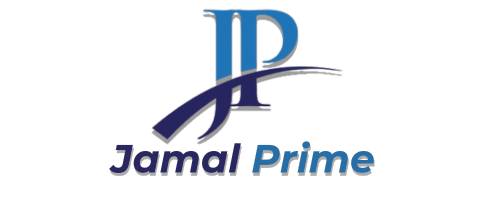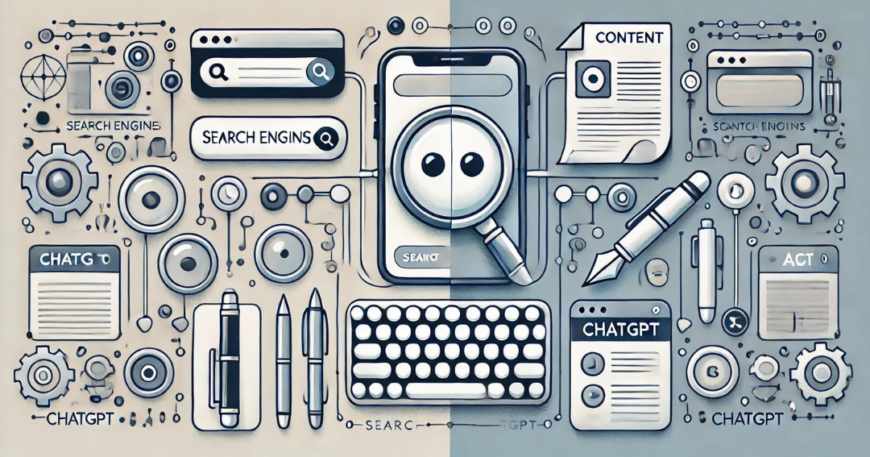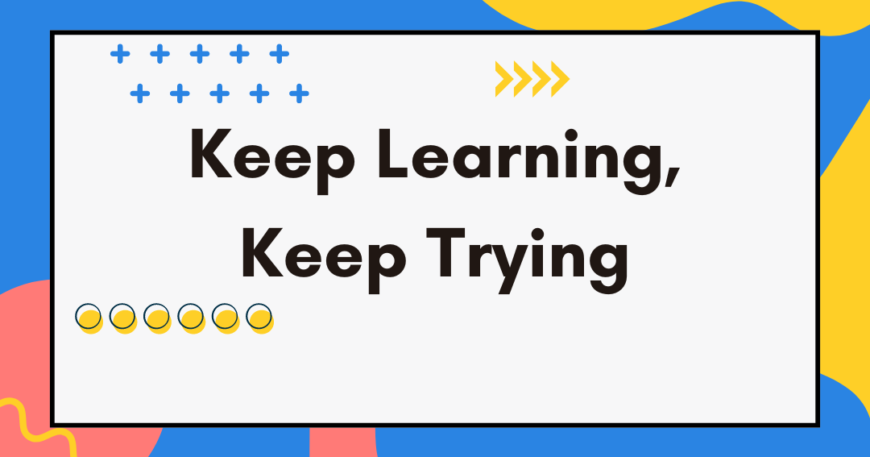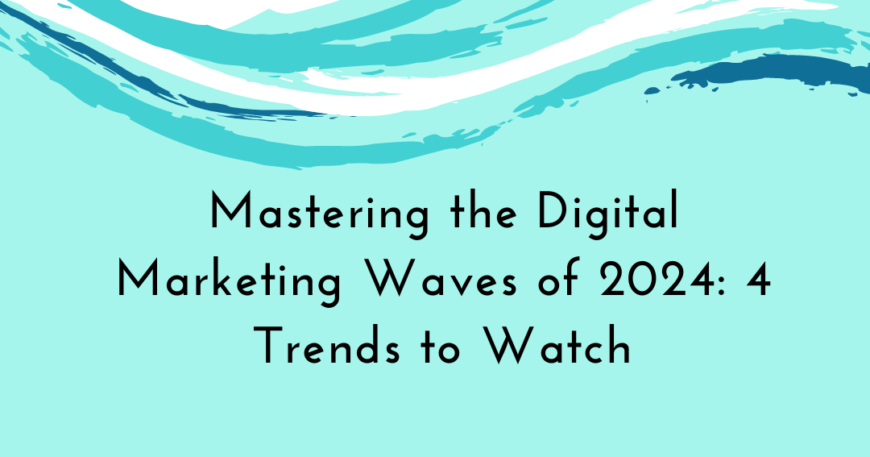Enhancing the Performance of Your WordPress Site
Let’s Say You Wanted to Learn new language We’re going to discuss your WordPress site’s performance, but first, let me guide you through a thought exercise. Imagine you wanted to learn a new language. Would you believe someone if they told you the secret was just one app? Or a single method? Probably not, right? Learning a language requires a multifaceted approach—regular practice, exposure to the language, and consistent effort. I’ve spent years mastering new skills, and the key to success is continuous, varied practice and tracking your progress. [Tweet “When it comes to your WordPress site’s performance, you can’t improve what you don’t measure.”] But the straightforward advice often hides underlying complexities—your learning style might differ from mine. The same applies to your website’s performance. It’s intricate, and there’s no single fix that solves everything. If someone claims that a single solution (like just one specific cache plugin) will resolve all your issues, it’s not that simple. Remember, another essential truth is: you can’t enhance what you don’t measure. Site Speed is Everything 50% of visitors to your website will abandon it if they are unable to navigate between pages or if there is a lag of more than 2 seconds. Your audience leaves in half! Furthermore, Google will begin removing your website’s pages from its first page of search results if they take longer than a few seconds to load. This is a far more serious issue as, in the event that no one finds your website, you will either lose all of your traffic or have to pay to attract it. Google has Performance Tools PageSpeed Insights is where you can find Google’s performance-enhancing solutions for your website. The website will display a score indicating how quickly your site loads when you enter your URL. Although that’s encouraging, the report card is insufficient. Because measuring more than just one page of your website is necessary to do it properly. Improving Your WordPress Site’s Performance The hosting from Nexcess (owned by Liquid Web, which also owns LearnDash, where I work as the general manager) and NitroPack were the two technologies I used. However, I want to get back to what I said at the beginning of this piece today. Neither a host nor a caching plugin can be the only solution in every situation. It’s not as simple as that. You can’t increase the performance of your website if you aren’t measuring it. What does that signify, therefore, both to you and to me? It means doing performance tests each and every day for me. It entails being aware of the modifications you’re making (themes or plugins) and observing the effects on the functionality of your website. It entails examining a large number of your pages rather than just one, such as your home page. For this reason, I suggest using the Plugin Performance Monitor, which is available to all Nexcess users. On a daily page, the performance score for several pages is visible when you use the Plugin Performance Monitor. That is the measurement that I am referring to. Every day. It also takes up more than one page. It also illustrates the changes. The finest aspect? This is the first thing I do before adding any performance-enhancing features, like a cache plugin. In order to address the issues, I need to know where they are. In this manner, I can be sure that I’m not concealing problems behind cache when I install performance enhancers like NitroPack. Test all of your important pages on a daily basis if your website is having trouble. I advise performing all of that without using a cache plugin, and I advise getting assistance to ensure optimal performance. You should apply a caching plugin only after that.












